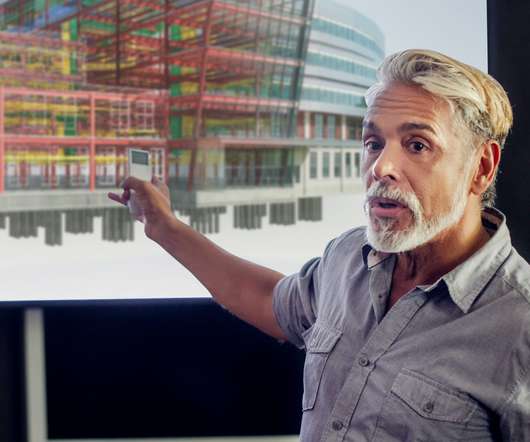Life-cycle management of the built environment – To BIM or Not to BIM?
Building Information Management
OCTOBER 25, 2013
Buildings, roads, dams, electrical grids… are with us for a very long time and linked to the success and failure of just about everything… education, health, national security, transportation, habitat, sustainability, national and local economies and more. That said, we are not acting as stakeholders of our built infrastructure.








































Let's personalize your content